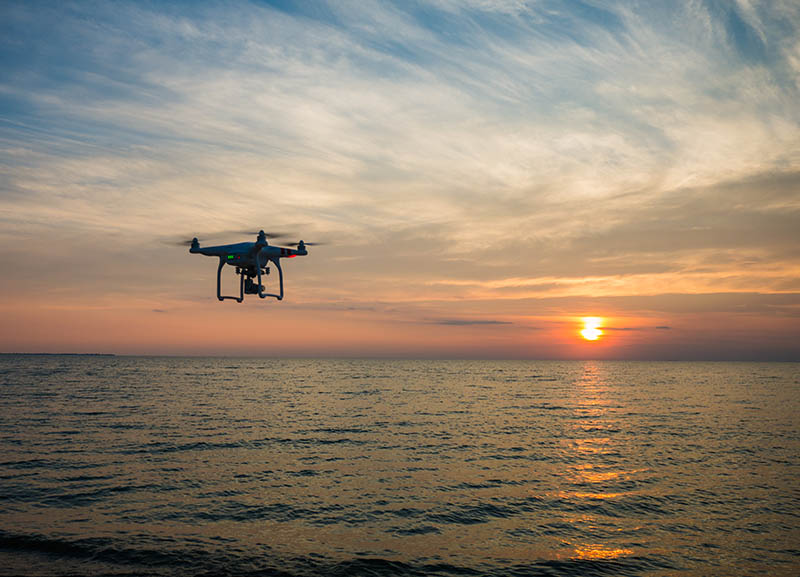For mariners, a drone sounds like something they are very familiar with: that continuous, low humming sound of the vessel’s engine.
But what about those unmanned aircraft, increasingly visible as they hum in the skies above?
Drones are reportedly becoming more commonplace on waterways in a variety of applications including monitoring water quality and levels, vessel traffic, fish populations, and weather.
These aircraft have gotten pretty sophisticated — some are outfitted with sensors that can inspect ships and cargo containers for harmful substances, while others are trained to pick up trash in the water. They can be launched from boats as well as from shore, and some can be powered by the wind or the sun.
I am putting together a story about the use of drones on the inland and coastal waterways. The article will discuss the advantages and disadvantages of having such unmanned vehicles either hovering above or working in the water.
Have you seen any drones while working on your vessels? What concerns you the most about having them where you live or work? Are they an annoyance, or just another thing to navigate around? Should they be regulated?
Please post your comments here. They could prove extremely helpful for the story. Thanks.





